Podcast: Play in new window | Download
I had a startling situation this past week at Classic Aviation… water in the fuel strainers on a Piper Twin Comanche… scroll down for some pictures of that one.
Also in this episode of the podcast, you can hear about the following:
Update on my washing machine… Being an A&P really can prepare you to work on lots of other things 🙂
A Twin Cessna that needed some new placards to meet the POH requirements. Here is the lineup of the ones we made with our label maker:
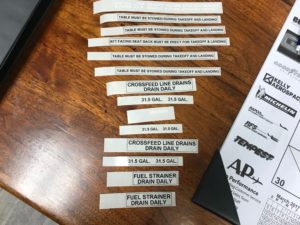
We also had some fuel cap placards made by Aerographics… I was very impressed with them. They can make all kinds of interior and exterior placards for a reasonable price. Check them out at aerographics.com I highly recommend these people. We had them make three placards similar to the following one:
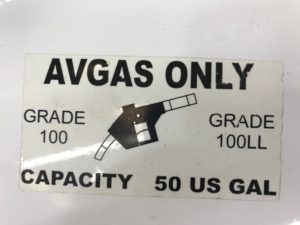
A main tire on a Piper Archer that had a slow leak. There was a small hole in the tube, and the hole was in an area that was creased, which caused an area of stress. Listen to the audio for some info on how to prevent this problem.
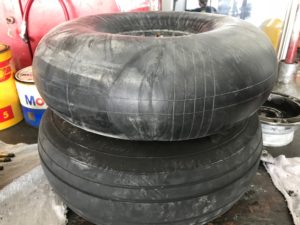
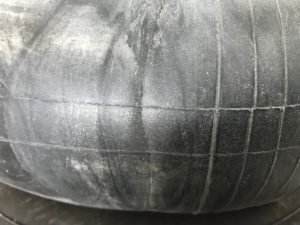
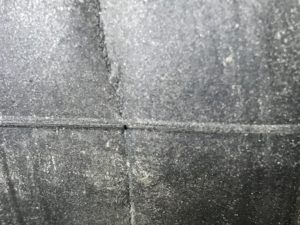
Now for the main feature for this episode: The water in the fuel.
Here are the instructions inside the fuel drain area in the Twin Comanche:
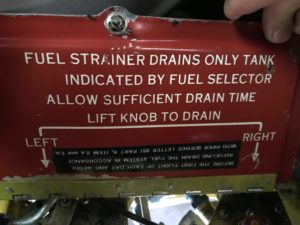

After disassembling the fuel strainers, I found a lot of water in the system.
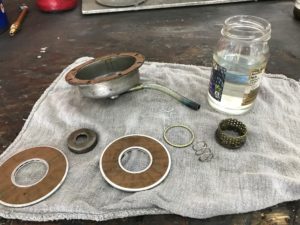
It took a lot of draining and rocking the wings, to get the water out… and here is the result from both fuel strainers:
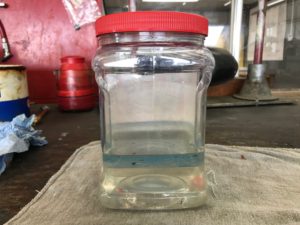
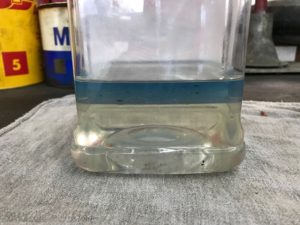
The moral of the story for me was: Don’t get complacent about routine things like sumping the fuel… there’s a good reason for it, and it’s really important!
Now for some Beechcraft Bonanza stuff:
First of all, just for fun, I took a picture of this G36 Bonanza on the ramp recently at SHD, just because it was so beautiful… what a great airplane!
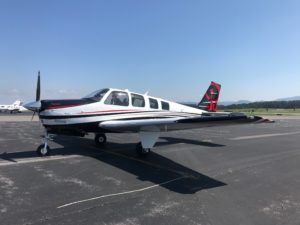
We also started an annual inspection on another Bonanza this past week, and the owner knew his starter adapter was starting to slip. He requested we have the starter and starter adapter overhauled. We’re going to send them to Modified Aircraft Accessories, Inc. in Brooks, Kentucky. I really like this couple. It’s a family business and when you call, you can expect to speak with either Jimmy or his wife Debbie… I don’t know about you, but that just makes me smile 🙂 They’ve been doing quality work of starters, starter adapters, alternators, and more, for a long time, and I highly recommend them. You can find them at http://modifiedaircraftaccessories.com/
Here’s the starter and starter adapter:
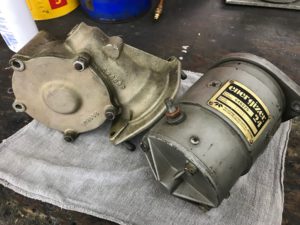
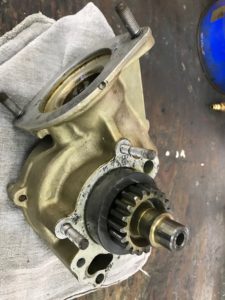
One more item I found on this Bonanza was the out-of-position heat shield on the right forward engine mount… I discovered there are too many threads through the locknuts on the engine mount bolts, and it appears the nuts are bottomed out on the shank of the bolts… they will need washers added and torque to specs.

And here’s the last picture for this post: safety wiring that, well, let’s just say could stand some improvement. It’s really loose, and the tail is not twisted enough, and there’s a sharp end sticking out. So… if you’re looking for a good resource to learn how to do quality safety wiring, check out my course here: https://airplane-owner-maintenance.teachable.com/p/safetywiring
Or click here.
There are step by step videos to learn all about safety wiring and how to do it well.
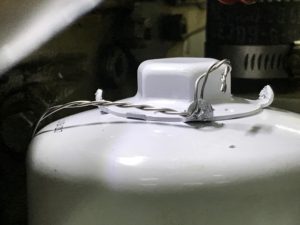
Feel free to contact me with any questions. dean{at}airplaneownermaintenance{dot}com or leave me a voice message by clicking the tab over on the right side of the page. Thanks, and have a great weekend!
 Today’s episode also covers some information about a Piper Apache, and an issue I faced with the hydraulic system.
Today’s episode also covers some information about a Piper Apache, and an issue I faced with the hydraulic system.
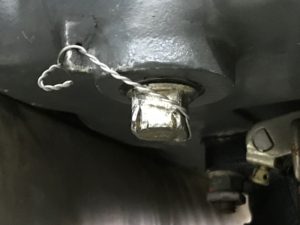
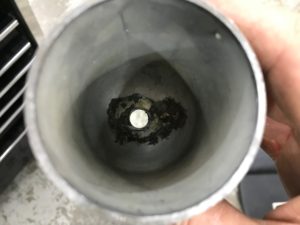
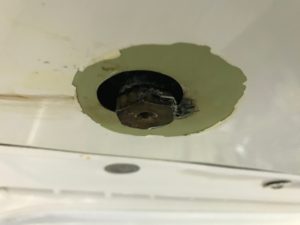

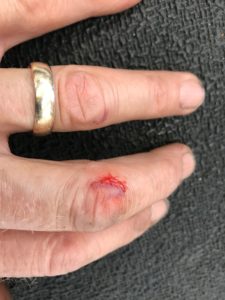

















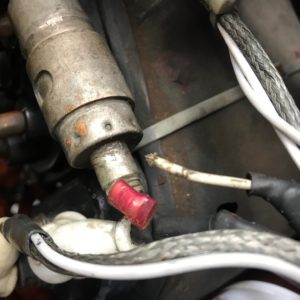
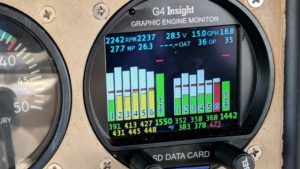
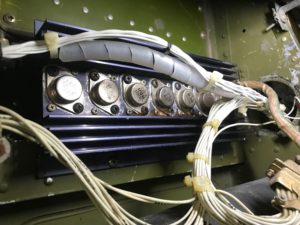



Recent Comments